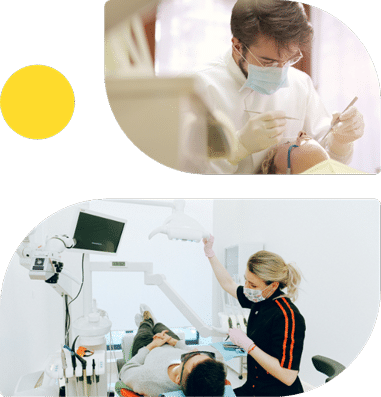Gangrene Treatment Without Surgery for Saving Limbs and Restoring Life
What is gangrene
Gangrene is a health condition in which tissue dies due to a lack of blood flow or a severe bacterial infection. Gangrene is most common in the arms, legs, and feet. However, it is not limited to them or external organs, as it can also affect many muscles and organs inside the body, including the gallbladder. The treatment of gangrene must be taken in time, as time is of the essence in this case.
While many things can cause gangrene, treatment depends on the cause. The diabetic gangrene treatment, for example, must be done while keeping the patient’s health history in mind. Gangrene treatment without surgery is sometimes possible if the condition is caught early.
Why should you care
People who have recently suffered a trauma or have undergone surgery should also be aware of the risk of this problem occurring. The treatment of gangrene varies according to the kind and progress made by the condition. Gangrene can be caused by any condition that can damage your blood vessels and affect your blood flow. These most common conditions include, but are not limited to, diabetes, hardened arteries, atherosclerosis, etc.








